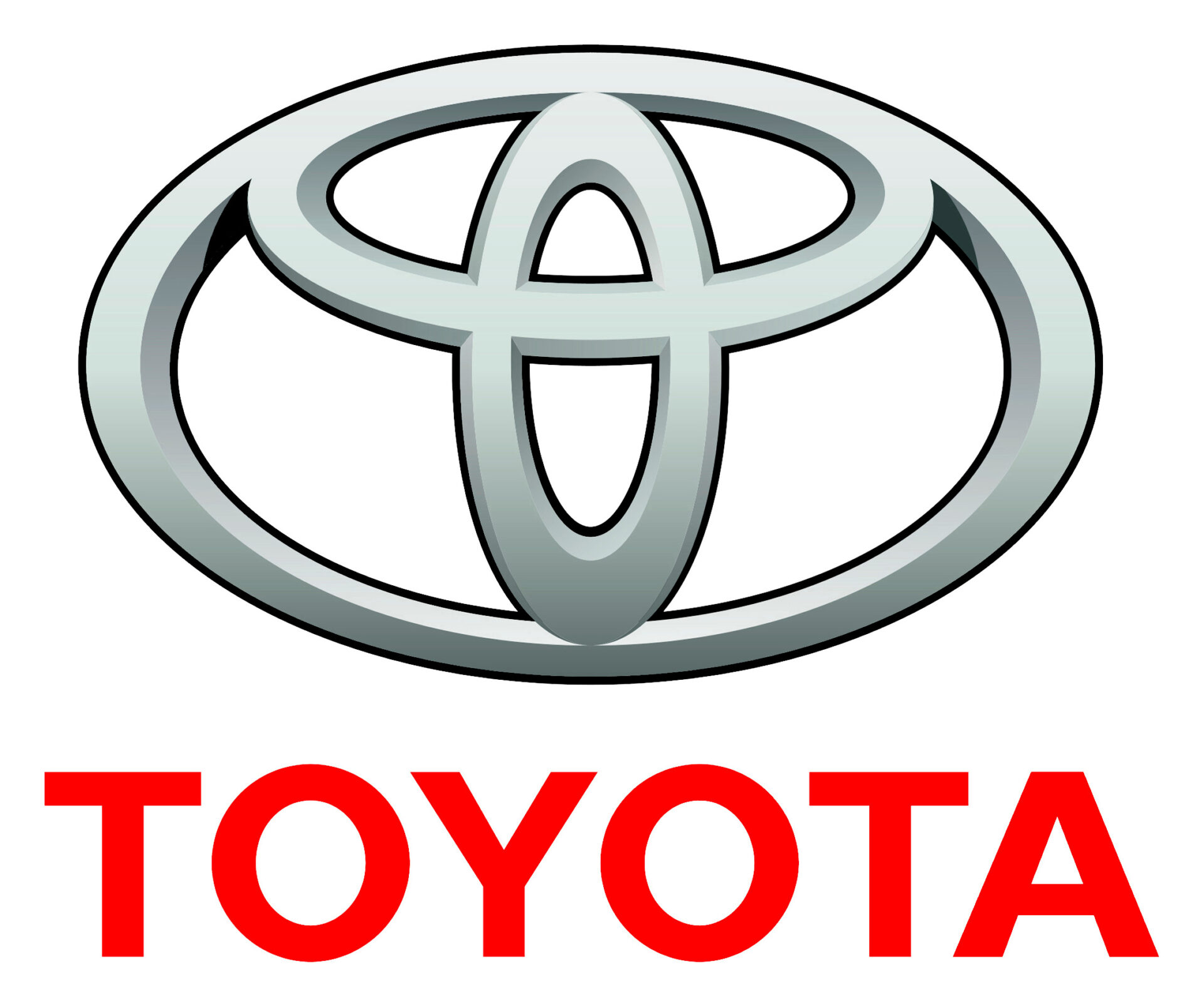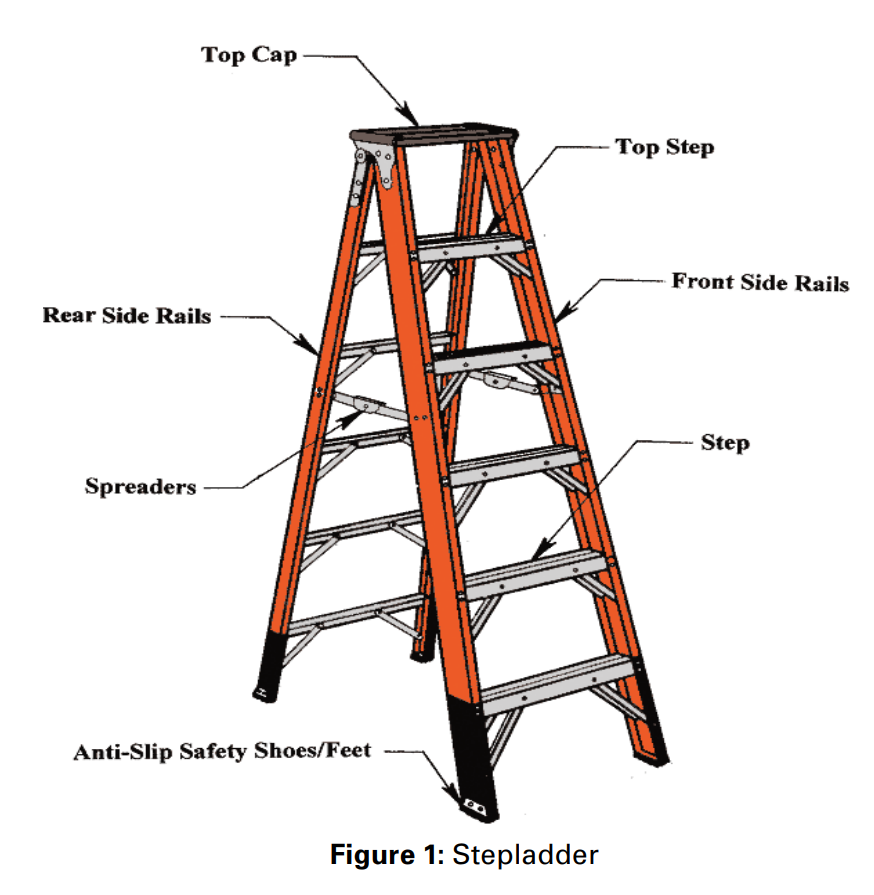How to Buy a Cordless Vacuum
The Wall Street Journal, Buy Side, interviewed Indoor Health Council on “How to Buy a Cordless Vacuum” and in-house expert, George Jackson of Advance Cleaning Equipment, Boise, ID, provided answers.
Q: What factors should people consider when purchasing a cordless vacuum? (Battery life, dust bin capacity, etc.)
Answer: Cordless vacuum technology has advanced. Here are buying tips for cordless vacuums:
• Determine the overall weight of the unit as it will be used (with attachments)
• Determine battery run time (this may diminish with use)
• Check the accessories / look for multi-surface cleaning ability
• Check tool design at the interface with the floor (smaller orifice openings may increase the suction power; important for soil removal)
• Check filtration (particles in vs particles out). The Carpet and Rug Institute (CRI) tests full-sized vacuum cleaners for soil removal, carpet appearance retention, and indoor air quality (see www.carpet-rug.org for their guidelines which apply in principle to cordless vacs.)
• Check noise level (70db or less; but given the different ways to measure sound levels, trust your ears!)
• Look for anti-tangle brush roller powerhead
• Look for brushless motor
Q: Should people consider the suction power (in Pa or AW) of a vacuum when buying? Why or Why not?
Answer: Yes, but there are different ways to evaluate performance / measure suction and it’s only one factor:
• CFM (cubic feet of air per minute; i.e., how much air moves through the unit in a minute). The CFM range in a cordless unit is between 50-150+ CFM. The higher, the better; but remember, this is for unrestricted air, which is why the next metric is important.
• Water lift (this is a lab test that shows how much water can be lifted in a tube using the vacuum’s suction. It’s important because while a vac can have a lot of CFM (airflow) when not subject to a load or dirt to lift, water lift shows a more practical metric.)
• AW (air wattage) – If you can’t find a CFM Spec, look at AW (Air Wattage). Better AW (or some companies will just give the wattage of the motor) range is 150-400+ watts. In general, the higher wattage, the better suction you will have, with the caveat that filters impact airflow/wattage outcomes.
• Pa (pascal) – This relates to pressure/fluid dynamics since air is a “fluid” and yes it can be important but only in the context of the overall discussion. Higher is better.
Q: Which cordless vac features do you like?
Answer:
• A brushless motor. They produce more power, less noise, enable lower maintenance, have longer life span, increased reliability, and better air quality (assuming the filters are effective).
• Interchangeable batteries. Equipment that shares the same batteries with other devices, or enables one battery to be charging while one is in the vac, means extended run times. This can be a major plus, depending on your cleaning application.
• Good selection of accessories. One accessory that stands out and is best for vacuuming upholstery, is the mini power-brush head (a rotating brush). This is a must-have accessory for vacuuming upholstery and reaching tight spots.
• Cyclonic technology (e.g., Dyson) is a game changer as it reduces loading of physical filters, and helps prevent loss of airflow, though even cyclonic models may have a final physical filter.
• HEPA filtration system with multiple layers of filters; starting with the “boulder catchers” (big dust capture filters) and progressing to filters with finer pores (i.e., HEPA). Indoor air quality impacts health and well-being big-time. The kicker is excellent filters often reduce airflow, since dense media slows down air. You want a balance between power and particle capture.
Q: Features to avoid?
Answer:
• Don’t be fooled by bigger is better. While you want good dust-bin capacity, you don’t always need the largest, as newer vacuums make it easy to dump debris and keep moving. Empty the dust cup in a closed plastic bag to prevent airborne dust.
• Low battery run time. You want power when you need it, without having to recharge before you’re done with your cleaning.
• A unit that does not have a multi-stage filtration system.
Bio
George Jackson has spent more than two decades in the cleaning industry, specializing in sales and service of professional tools used in the field. He started his career focused on floor care and later, turned his attention to the equipment and machinery. He has certifications and expertise in propane-powered, electrical, and battery-operated machinery. He has owned several successful businesses and was the founder and developer of a floorcare chemical line. He is currently the co-owner of Advance Cleaning Equipment in Boise, Idaho, which services multiple states in the Northwest. His passion includes staying current with industry trends and sharing that knowledge by teaching and training others in the profession.
You can read the WSJ Buy Side article here.




